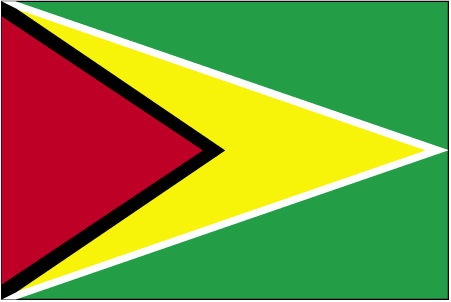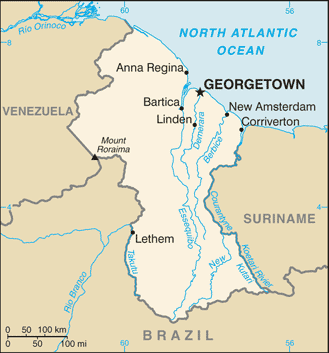Investing in Guyana


The Guyanese economy exhibited moderate economic growth in recent years and is based largely on agriculture and extractive industries. The economy is heavily dependent upon the export of six commodities - sugar, gold, bauxite, shrimp, timber, and rice - which represent nearly 60% of the country's GDP and are highly susceptible to adverse weather conditions and fluctuations in commodity prices. Guyana's entrance into the Caricom Single Market and Economy (CSME) in January 2006 has broadened the country's export market, primarily in the raw materials sector. Economic recovery since a 2005 flood-related contraction was buoyed by increases in remittances and foreign direct investment in the sugar and rice industries as well as the mining sector. Chronic problems include a shortage of skilled labor and a deficient infrastructure. The government is juggling a sizable external debt against the urgent need for expanded public investment. In March 2007, the Inter-American Development Bank, Guyana's principal donor, canceled Guyana's nearly $470 million debt, equivalent to nearly 48% of GDP, which along with other Highly Indebted Poor Country (HIPC) debt forgiveness brought the debt-to-GDP ratio down from 183% in 2006 to 120% in 2007. Guyana became heavily indebted as a result of the inward-looking, state-led development model pursued in the 1970s and 1980s. Growth slowed in 2009-10 as a result of the world recession. The slowdown in the domestic economy and lower import costs helped to narrow the country's current account deficit, despite generally lower earnings from exports.
Bank of Guyana - http://www.bankofguyana.org.gy/
Countries that border Guyana: Venezuela | Brazil | Suriname
Learn more:
Back to Country Investing



